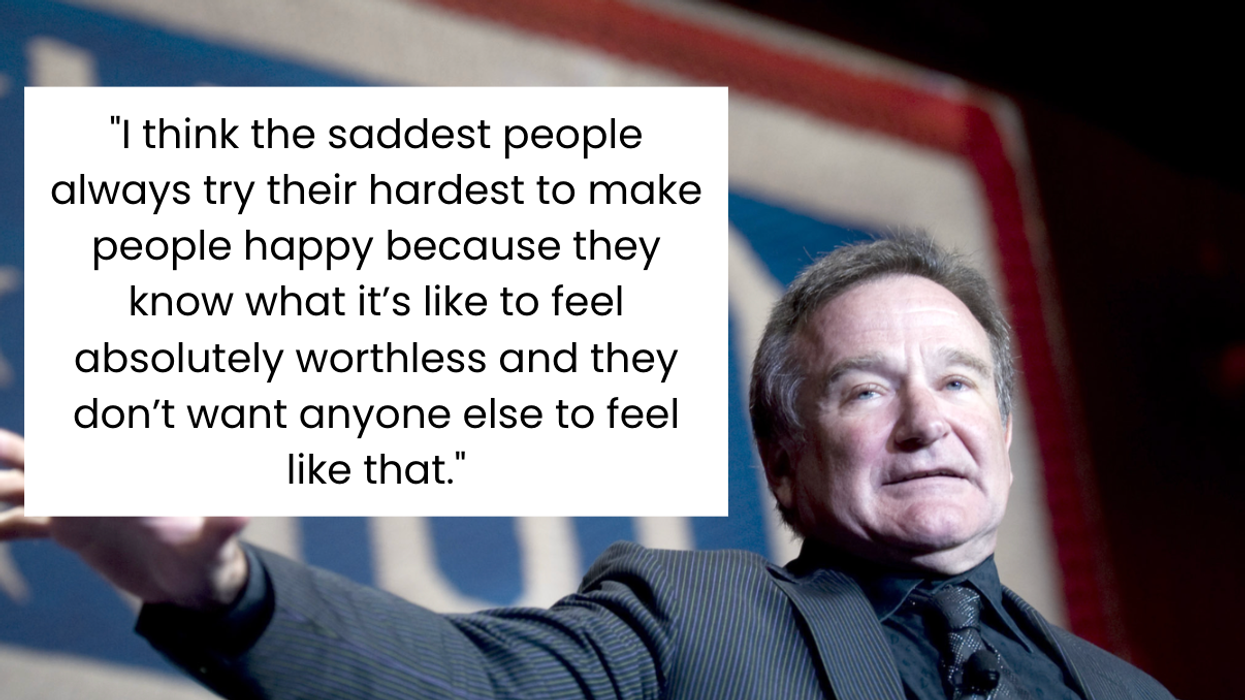If everything goes according to plan, Jean Makesh, CEO of Lantern assisted living facilities, will be sending more patients home than he will take in.
It’s a strange goal, but the changes Makesh is making aren’t with the bottom line in mind, but the care and dignity of his patients. No matter how luxurious of comfortable a facility is, it can still depress the residents’ quality of life if only because they get depressed from not spending enough time outside.
Knowing expansive outdoor areas, security, and more accessibility features aren’t attainable with many of his properties’ budgets, Makesh has sought to bring the outdoors inside the facilities.
He’s not only created outdoor streetscapes, complete with porches, sunrises, and sunsets, but also adopted a timely decor that can envelop the residents in fond, comforting memories of their earlier years. Makesh said, prior to adopting the innovations, "I thought I knew a lot about elderly care. The more and more time I was spending with my clients, that's when I realized, 'Oh my god, I have no clue.'"
The concept is currently being tested in Lantern’s Madison, Ohio facility with two new facilities slated to roll out this year.
Rather than getting a sterile doorway off a sterile hallway, residents in this facility are treated to their own “homes.” The articulation in the hallways, with jutting walls, sconces, and streetlamps all create a level of engagement for the residents that hasn’t been available in Lantern’s market segment.
While engagement may sound like a creature comfort, Makesh insists that it’s engagement with the surrounding environment that could save a demented or depressive patient from being written off as a lost cause. Using an environment that stimulates response and engagement, Makesh isn’t just hoping that his patients buy time or experience a marginal quality of life. Rather, he’s looking to a near future in which the environment creates patients so self-sufficient that they don’t just improve...they leave the facility.
He says, "In five years, we're going to [be able to] rehabilitate our clients where they can live independently in our environment. In 10 years, we're going to be able to send them back home."
It might sound farfetched, but in an industry that’s rife with abuse, impersonal oversight, and overmedication, a little ambition and empathy, even if it falls short of Makesh’s goal, could offer a change welcomed by a generation of baby boomers that may find themselves clients of his soon enough.





















 Robin Williams performs for military men and women as part of a United Service Organization (USO) show on board Camp Phoenix in December 2007
Robin Williams performs for military men and women as part of a United Service Organization (USO) show on board Camp Phoenix in December 2007 Gif of Robin Williams via
Gif of Robin Williams via 
 A woman conducts a online color testCanva
A woman conducts a online color testCanva A selection of color swatchesCanva
A selection of color swatchesCanva A young boy takes a color examCanva
A young boy takes a color examCanva
Will your current friends still be with you after seven years?
Professor shares how many years a friendship must last before it'll become lifelong
Think of your best friend. How long have you known them? Growing up, children make friends and say they’ll be best friends forever. That’s where “BFF” came from, for crying out loud. But is the concept of the lifelong friend real? If so, how many years of friendship will have to bloom before a friendship goes the distance? Well, a Dutch study may have the answer to that last question.
Sociologist Gerald Mollenhorst and his team in the Netherlands did extensive research on friendships and made some interesting findings in his surveys and studies. Mollenhorst found that over half of your friendships will “shed” within seven years. However, the relationships that go past the seven-year mark tend to last. This led to the prevailing theory that most friendships lasting more than seven years would endure throughout a person’s lifetime.
In Mollenhorst’s findings, lifelong friendships seem to come down to one thing: reciprocal effort. The primary reason so many friendships form and fade within seven-year cycles has much to do with a person’s ages and life stages. A lot of people lose touch with elementary and high school friends because so many leave home to attend college. Work friends change when someone gets promoted or finds a better job in a different state. Some friends get married and have children, reducing one-on-one time together, and thus a friendship fades. It’s easy to lose friends, but naturally harder to keep them when you’re no longer in proximity.
Some people on Reddit even wonder if lifelong friendships are actually real or just a romanticized thought nowadays. However, older commenters showed that lifelong friendship is still possible:
“I met my friend on the first day of kindergarten. Maybe not the very first day, but within the first week. We were texting each other stupid memes just yesterday. This year we’ll both celebrate our 58th birthdays.”
“My oldest friend and I met when she was just 5 and I was 9. Next-door neighbors. We're now both over 60 and still talk weekly and visit at least twice a year.”
“I’m 55. I’ve just spent a weekend with friends I met 24 and 32 years ago respectively. I’m also still in touch with my penpal in the States. I was 15 when we started writing to each other.”
“My friends (3 of them) go back to my college days in my 20’s that I still talk to a minimum of once a week. I'm in my early 60s now.”
“We ebb and flow. Sometimes many years will pass as we go through different things and phases. Nobody gets buttsore if we aren’t in touch all the time. In our 50s we don’t try and argue or be petty like we did before. But I love them. I don’t need a weekly lunch to know that. I could make a call right now if I needed something. Same with them.”
Maintaining a friendship for life is never guaranteed, but there are ways, psychotherapists say, that can make a friendship last. It’s not easy, but for a friendship to last, both participants need to make room for patience and place greater weight on their similarities than on the differences that may develop over time. Along with that, it’s helpful to be tolerant of large distances and gaps of time between visits, too. It’s not easy, and it requires both people involved to be equally invested to keep the friendship alive and from becoming stagnant.
As tough as it sounds, it is still possible. You may be a fortunate person who can name several friends you’ve kept for over seven years or over seventy years. But if you’re not, every new friendship you make has the same chance and potential of being lifelong.